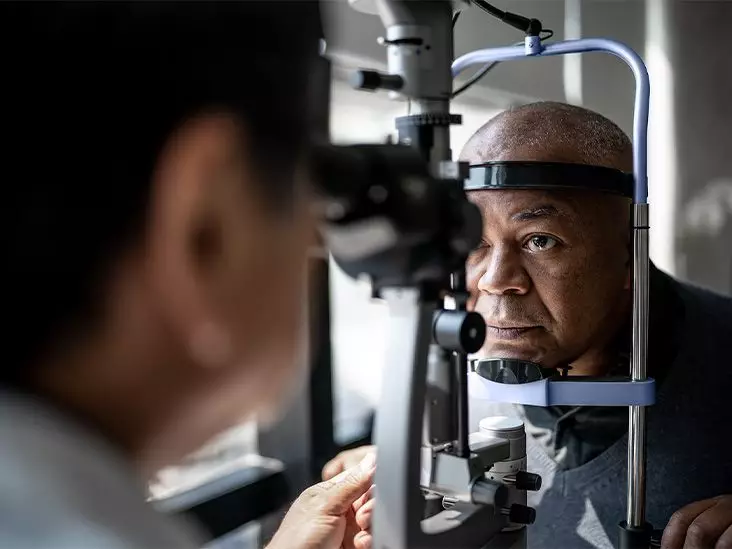Diabetic retinopathy (DR) is a condition that typically takes years to develop after a diagnosis of diabetes. While it may take at least 5 years for the condition to manifest, the onset, progression, and severity of vision loss can vary significantly from person to person. Moreover, individuals with type 1 diabetes (T1DM) are more likely to develop DR than those with type 2 diabetes (T2DM). The risk of DR increases with the duration of diabetes, with a lifetime risk of over 90% for those with T1DM and up to 60% for individuals with T2DM.
Risk Factors and Types of Diabetic Retinopathy
In addition to the duration of diabetes, other risk factors for DR include challenges in managing blood sugar levels, high blood pressure, and high cholesterol levels. Furthermore, Hispanic or African American individuals are more prone to developing DR. There are two main types of DR: nonproliferative diabetic retinopathy (NPDR) and proliferative diabetic retinopathy (PDR). This progressive eye condition worsens over time, with NPDR representing the earlier stages and PDR the most severe stage. Eye doctors can identify the signs of DR and determine the stage of the condition through a comprehensive eye exam.
Recognizing Symptoms and Importance of Diagnosis
One of the challenges in diagnosing DR is that the early stages generally do not produce noticeable symptoms. This underscores the importance of individuals with diabetes undergoing annual eye exams to detect any signs of DR. Early symptoms may include blurriness, dark spots, difficulty in color differentiation, and eye floaters. As the condition progresses, these symptoms may worsen and result in vision loss. An early diagnosis, coupled with effective diabetes management and appropriate treatment for DR, can help preserve vision and prevent complications associated with the condition.
Diabetic retinopathy is a serious eye condition that can have a significant impact on vision if left untreated. Understanding the risk factors, types, and symptoms of DR is crucial for individuals living with diabetes. By prioritizing regular eye exams, effectively managing diabetes, and seeking timely treatment for DR, individuals can mitigate the risk of vision loss and maintain eye health in the long run. It is essential for healthcare providers to educate patients about the importance of eye care in diabetes management and encourage them to stay proactive in monitoring their eye health.

